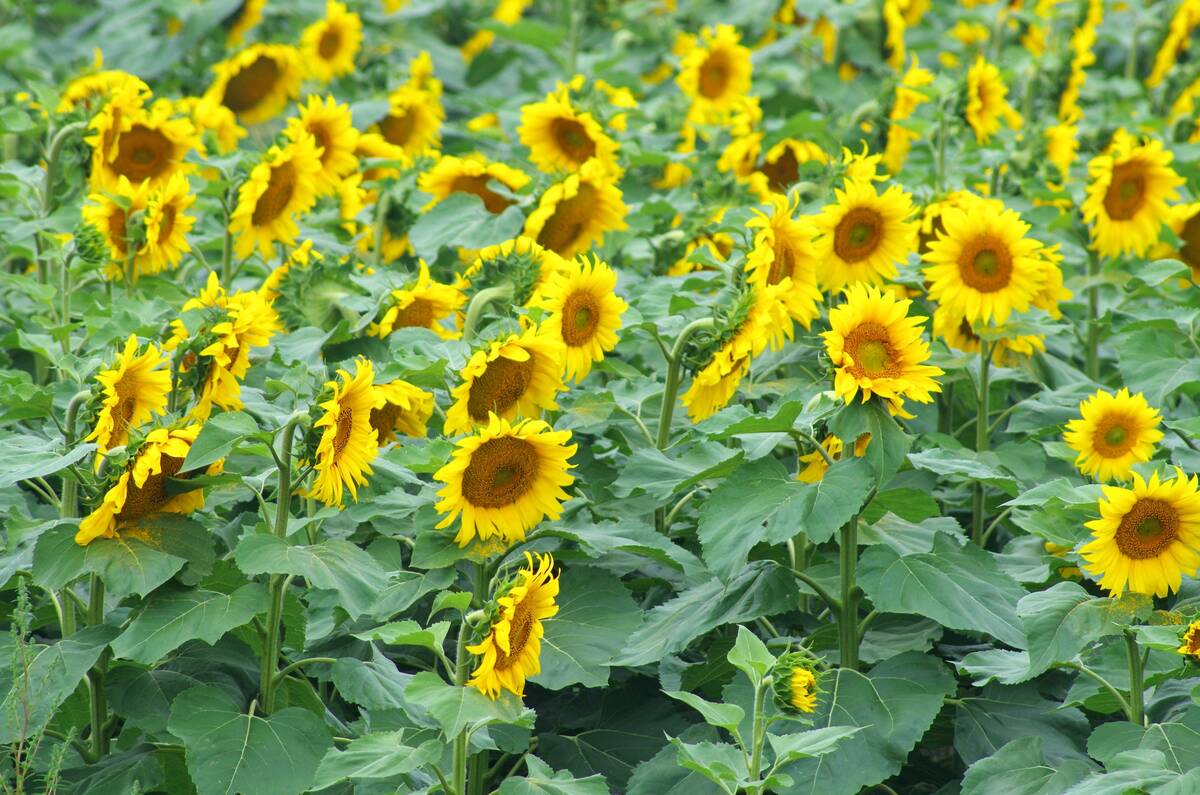Sask Water has upgraded its spring runoff forecast for portions of the grainbelt from above normal to greatly above normal.
The highest potential flood areas are the Wood, Poplar, Moose Jaw and upper Souris and Long Creek basins, where snowpacks as of March 1 were between 180 and 250 percent of normal.
These areas include the communities of Moose Jaw, Weyburn, Estevan, Assiniboia, Gravelbourg and Coronach.
Runoff in and around the city of Regina and the Qu’Appelle Lakes is not expected to be as high as 1996, although it will be well above normal.
Read Also

Made-in-Manitoba sunflower hybrid heads to market
Glacier FarmMedia – Manitoba’s confection sunflower growers will have a new seed option next spring that was developed specifically to…
All other areas of the grainbelt will experience above normal runoff, except for an area along the west side of the province, including Saskatoon, Biggar, Kindersley, North Battleford and Maple Creek.
Agricultural flooding is expected to vary, depending on the amount of water in sloughs and marshes. Some farmers are reporting that sloughs normally empty in fall were full last year.
Pre-spring releases of water from reservoirs have begun to make room for runoff.
Alberta on flood watch
Albertans should expect spring floods if they get a lot of rain, said officials with Alberta Environmental Protection.
“Spring weather is the major contributing factor to flooding,” said Dave Ealey with the communications division.
Snowpack is above average in some parts of the Rocky Mountains, but it will cause flooding only if it thaws quickly and is joined by plenty of rain.
In 1991 similar conditions existed in the mountains, but the melting was gradual with no severe rain. No flooding occurred.
“We’re hoping for the same conditions,” Ealey said.
There is always the potential for localized flooding because of ice jams in rivers, he said.















